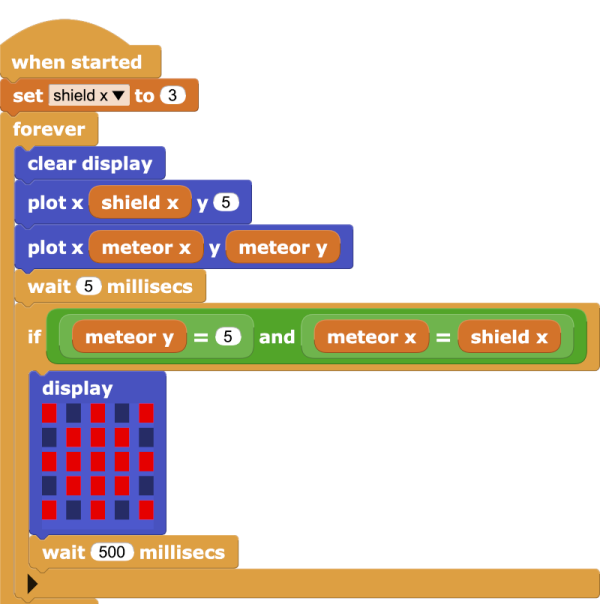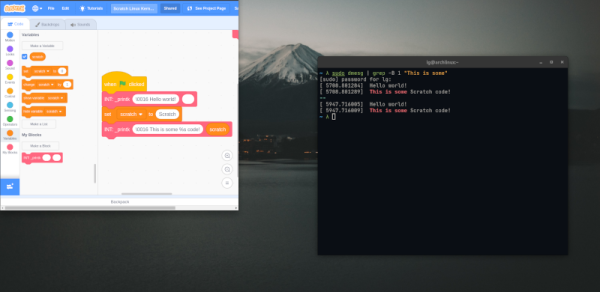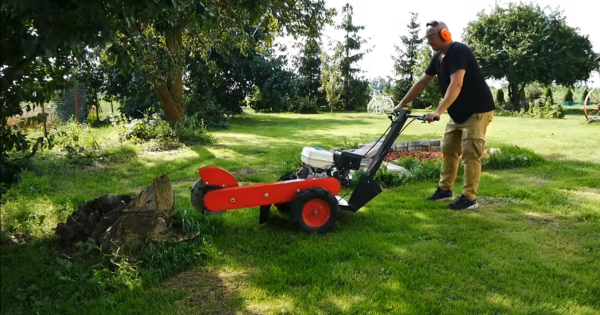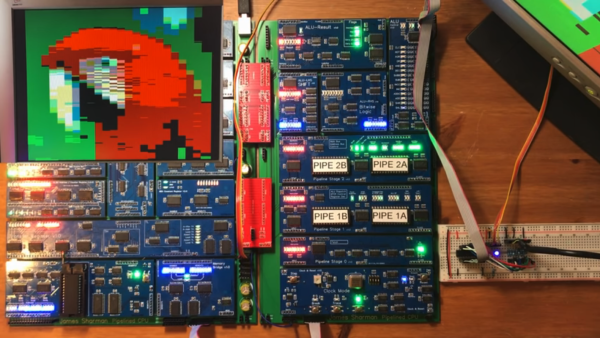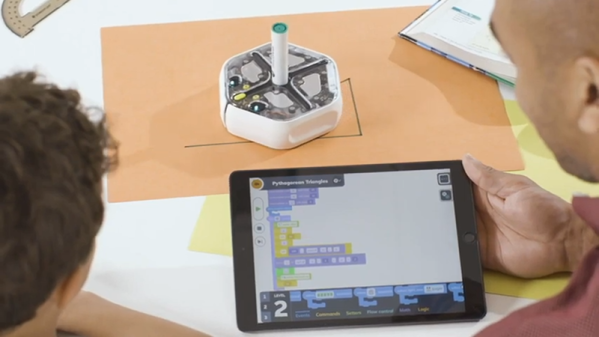One of the fun things about “old school” computers is that it was fairly easy to get kids into programming them. The old Basic interpreters were pretty forgiving, and you could do some clever things easily with very little theory or setup. These days, you are more likely to sneak kids into programming via Scratch — a system for setting up programs via blocks in a GUI. Again, you can get simple results simply. With Scratch or Basic, complex things have a way of turning out complex, but that’s to be expected. If you want to try a Scratch-inspired take on microcontroller programming, check out MicroBlocks. It will work with several common boards, including the micro:bit and the Raspberry Pi Pico. You can use it in a browser or download versions for Linux, Windows, Mac, or even Chromebooks.
You can see a video below about the micro:bit version from a year ago. The tool is advancing, so you’ll find many new features compared to the video, but it will still give you an idea of what’s happening.
Continue reading “Scratch Your Itch To Program A Microcontroller”

